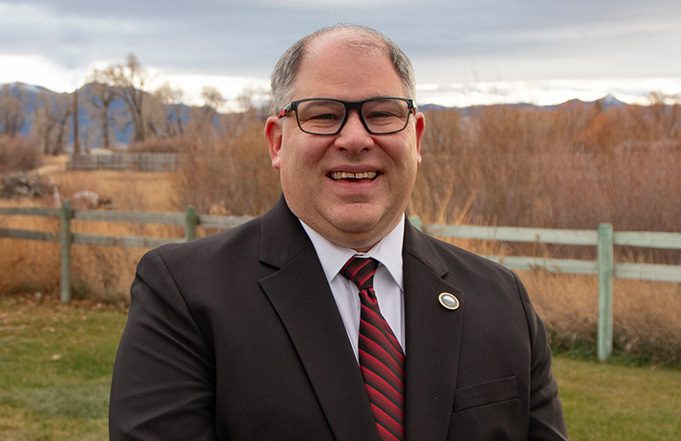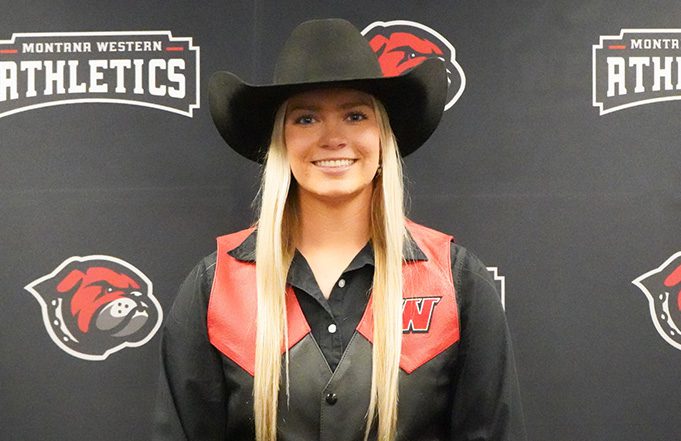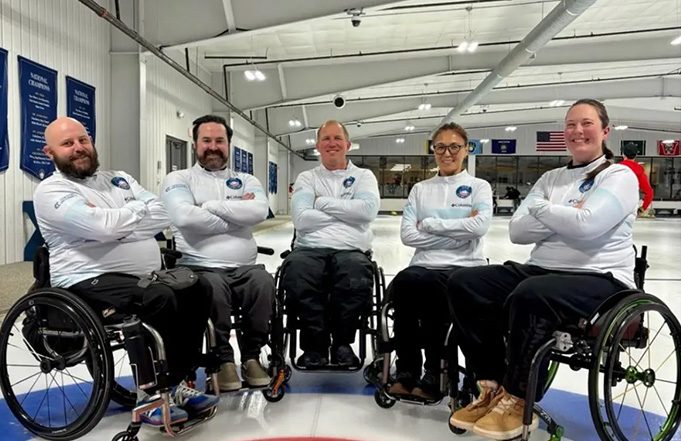Sixth Annual Research Symposium April 13 & 14
April 5, 2012
The Symposium is presented by the UMW Biology Club but also features cross-disciplinary research by Montana Western students from a variety of majors. The Biology Club received 46 abstracts this year, and the Symposium will feature 22 talks and 24 posters detailing a diverse cross section of novel undergraduate research.
Student research will represent the University of Montana Western Departments of Biology; Environmental Sciences; English; Mathematics; History, Philosophy and Social Sciences; and Health and Human Performance.
Topics will include pre-professional health internships, molecular level research (including the work of Beaverhead County High School students), history senior theses, biomechanics of sports, a senior thesis on Sherlock Holmes, a Bramlette Reality internship, a gunfight reality versus Hollywood project, a number of environmental interpretation internships and class projects from a mathematics modeling class.
On Friday from 6:15 to 7:15 p.m., local veterinary consultant Charlotte Quist will deliver a keynote address, One Health: Integrating Human, Animal and Environmental Health.
Quist specializes in wildlife disease and pathology and has extensive professional experience in a wide range of veterinary fields.
Quist earned her Bachelors Degree in Biology from Colorado College and her D.V.M. from Colorado State University. She worked in a small animal and equine private practice before joining the U.S. Fish and Wildlife Service as a wildlife disease investigator. Quist eventually returned to graduate school to complete her residency and Ph.D. at the University of Georgia where she became board-certified in veterinary pathology and joined the University of Georgia College of Veterinary Medicine faculty.
Quist also taught in the University of Montana Western Equine Department for several years before returning to the private sector to pursue her passion in veterinary consulting in wildlife disease and pathology.
Quist said her keynote address will focus on the pressing issue of how human, animal and environmental health are intertwined.
The expansion of human populations and increased interaction with animal populations around the world has resulted in recognition by the medical community that human, animal and environmental disease no longer occur in isolation, Quist explained.
The expansion of human populations and increased interaction with animal populations around the world has resulted in recognition by the medical community that human, animal and environmental disease no longer occur in isolation, Quist explained. Approximately 75 percent of emerging human diseases are caused by pathogens that move across species lines (zoonotic diseases). The One Health Initiative facilitates collaboration and cooperation between human and veterinary medical professionals, various health industries, academic institutions and government agencies to aid in the assessment, treatment, and prevention of both non-communicable and communicable disease. The global movement toward this one health concept provides exciting new challenges for science and health professionals as well as avenues of study for enlightened investigators of the future.
Montana Western Associate Professor of Biology Mike Morrow said the Research Symposium highlights UMWs commitment to experiential learning as realized through the universitys unique block scheduling system, Experience One, in which students focus on a single class at a time. Montana Western is the only four-year university in the nation to offer a block scheduling program.
Research and student experiences inside and outside of the classroom represent the pinnacle of experiential learning that students obtain at Montana Western,” Morrow said.
This annual event highlights research and experiences that students from across campus performed over the last year, Morrow explained. Research and student experiences inside and outside of the classroom represent the pinnacle of experiential learning that students obtain at Montana Western. This years event will be the largest we have had.
Students in Associate Professor of Mathematics Eric Dyresons fall 2011 stochastic modeling class will be a prominent feature at this years symposium. Stochastic modeling is a method of presenting data or predicting outcomes while taking into account randomness and unpredictability. There are generally two types of models: deterministic, which are the same every time a model runs, and stochastic, which run different every time.
Dyreson said stochastic models have many practical applications, which his students successfully exploited for their projects.
We can use stochastic modeling to model a lot of phenomena in the real world, Dyreson explained. A lot of processes in the real world dont happen the same every time.
The students in Dyresons class represented a broad range of disciplines represented by their model subjects, which included microsatellites, molecular hydrodynamics, the growth of wheat, the history of the northern Yellowstone elk herd, Dow Jones predictions, wolverine population dispersal, amino acid evolution and brucellosis in the Greater Yellowstone area.
Double mathematics and secondary education majors Susie Bleken and Sydnee Crosser also worked with cellular and molecular biology major Ben Gilboe on part of their model. Boll said the collaboration gave them real-world experience with similar situations they would encounter as professionals or graduate school students.
We had to establish a new way of communicating across disciplines so we knew what each other was talking about, which was really cool because thats hopefully what our careers will be about, Boll said.
We had to establish a new way of communicating across disciplines so we knew what each other was talking about, which was really cool because thats hopefully what our careers will be about, Boll said.
Bleken said the project and posters she and her group created for the project and symposium gave her a tangible outcome she will use to help educate her own students.
We can put posters in our classrooms when we become teachers to show students that its not just numbers and proofs, Bleken explained.



